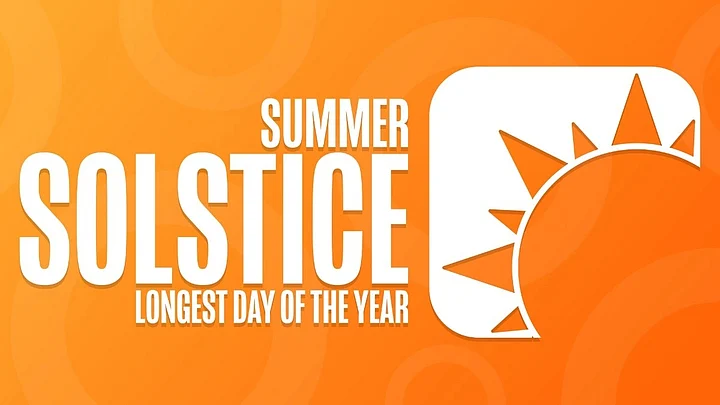The Summer Solstice is an astronomical event that takes place every year in the month of June. It is considered as the longest day of the year in Northern Hemisphere and the shortest day in the Southern Hemisphere.
The Word Solstice has been derived from two Latin words. 'Sol' means Sun and 'Sistere' meaning to stand still. During the Summer Solstice, the axis of Earth is more inclined towards the Sun, which is at its highest point during this event.
In the Northern Hemisphere, the date of Summer Solstice may change slightly every year but generally it is observed in the month of June, around 20 or 21st. It marks the beginning of summer in this hemisphere.
Summer Solstice 2023: Date and Time
This year, the Summer Solstice will take place on Wednesday, 21 June 2023, at 3:58 pm BST in the UK and 10:58 am ET / 7:58 am PT in the US. It generally falls between 20 to 22 June every year.
Why Is Summer Solstice the Longest Day of the Year?
The summer solstice is the longest day of the year because the Earth's axis is tilted more towards the Sun. The angle at which the Earth tilts in relation to its orbital plane is approximately 23.5 degrees. Because of this, the Earth receives various amounts of sunlight throughout the year as it revolves around the Sun.
The North Pole is most inclined towards the sun during the summer solstice in the Northern Hemisphere. The Tropic of Cancer, which is situated at around 23.5 degrees north latitude, benefits from a more direct overhead sunlight angle as a result of this tilt. This is the reason, the Northern Hemisphere experiences its longest day of the year and the most direct sunlight.
(At The Quint, we question everything. Play an active role in shaping our journalism by becoming a member today.)
